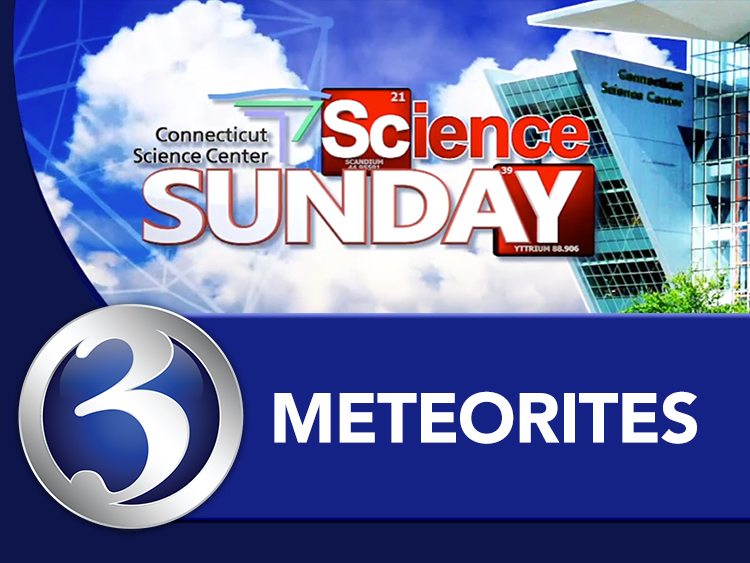 We were inspired by the opening of the newest traveling exhibition, Mummies of the World: The Exhibition for this edition of Science Sunday. As many of us have probably seen (whether in pictures or in person) the massive pyramids built by the ancient Egyptians. Many times mummies, just like the ones seen in this exhibition were found in pyramids just like these. Still referred to as one of the wonders of the world, researchers are still in awe of how these pyramids were built without the advanced technology we have today. Today, we are experimenting with just one piece of that question- how did the ancient Egyptians get those massive blocks across the sand to where the pyramids were built? The answer is so simple it will shock you- watch the full Science Sunday segment below to learn more.
We were inspired by the opening of the newest traveling exhibition, Mummies of the World: The Exhibition for this edition of Science Sunday. As many of us have probably seen (whether in pictures or in person) the massive pyramids built by the ancient Egyptians. Many times mummies, just like the ones seen in this exhibition were found in pyramids just like these. Still referred to as one of the wonders of the world, researchers are still in awe of how these pyramids were built without the advanced technology we have today. Today, we are experimenting with just one piece of that question- how did the ancient Egyptians get those massive blocks across the sand to where the pyramids were built? The answer is so simple it will shock you- watch the full Science Sunday segment below to learn more.
Learn even more about sand drags and how you can experiment with them at home in our blog post Science At Play: Sand Drags.
There is so much more Science Sunday to explore. Check out the full gallery of segments on our blog: https://ctsciencecenter.org/blog_categories/science-sunday/.
Aoife Ryle is a STEM Educator at the Connecticut Science Center. In addition to working with school groups, she works with our Teen Program, Overnights department, and shoots weekly science segments for WFSB. She has a degree in Bioengineering from the University of Maine and has a personal interest in the life sciences and engineering which makes bioengineering a perfect crossover.
Mark Dixon is a meteorologist on WFSB Channel 3 Eyewitness News and a host of the weekly Science Sunday segments with the Connecticut Science Center. He has been nominated for several Emmy awards for weather anchoring and has won awards from the Connecticut Associated Press Broadcaster’s Association and the American Meteorological Society.



